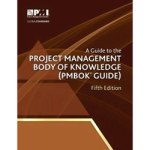
I once had a project where an adjacent landowner almost came to blows with my site inspector before any ground was broken. Although we purchased a piece of his land and showed him the plans before the construction bagan, he decided once he saw construction folks arriving on site that the project was going to impact the drainage on the land he still owned (we … [Read more...]













